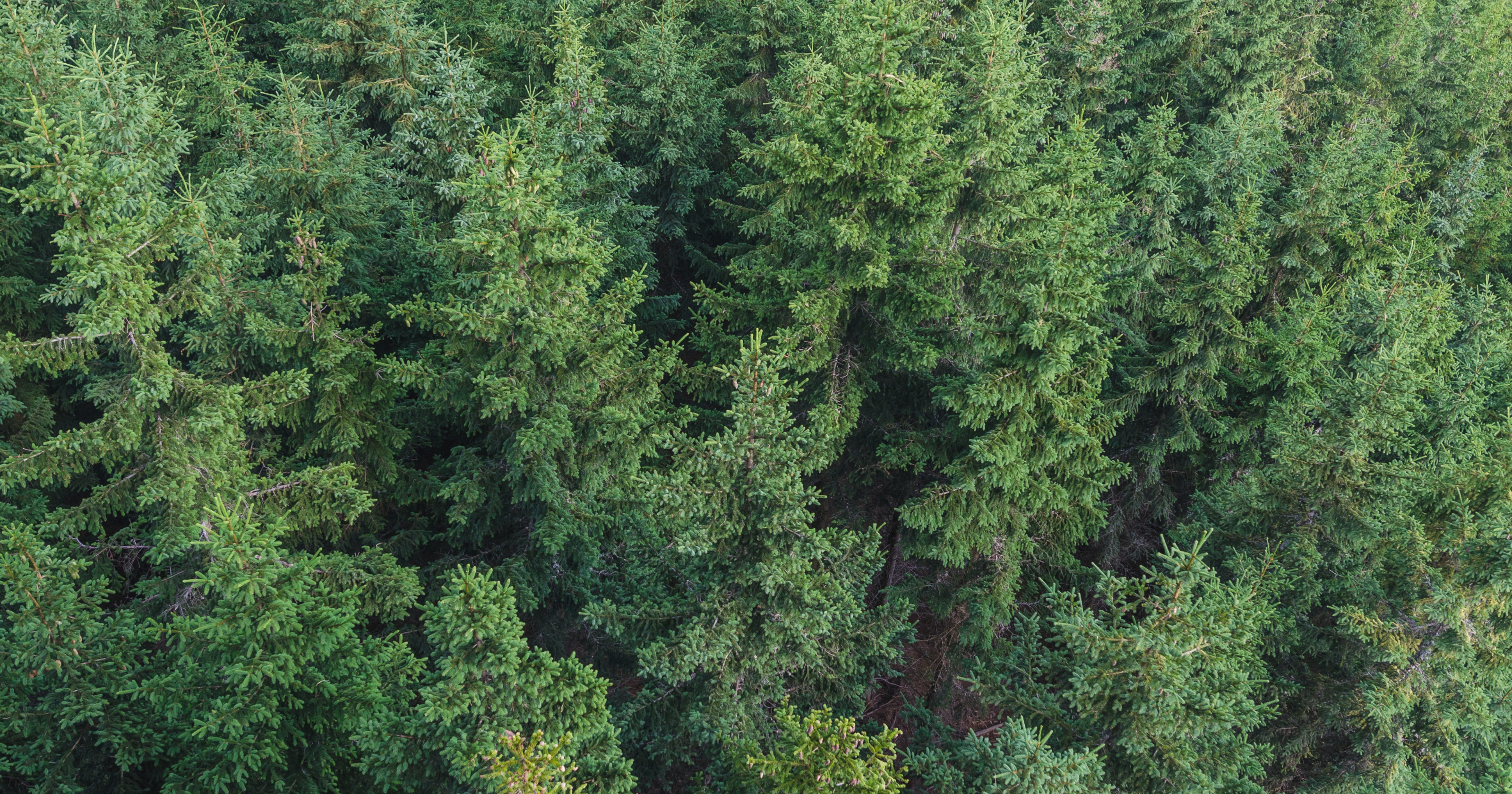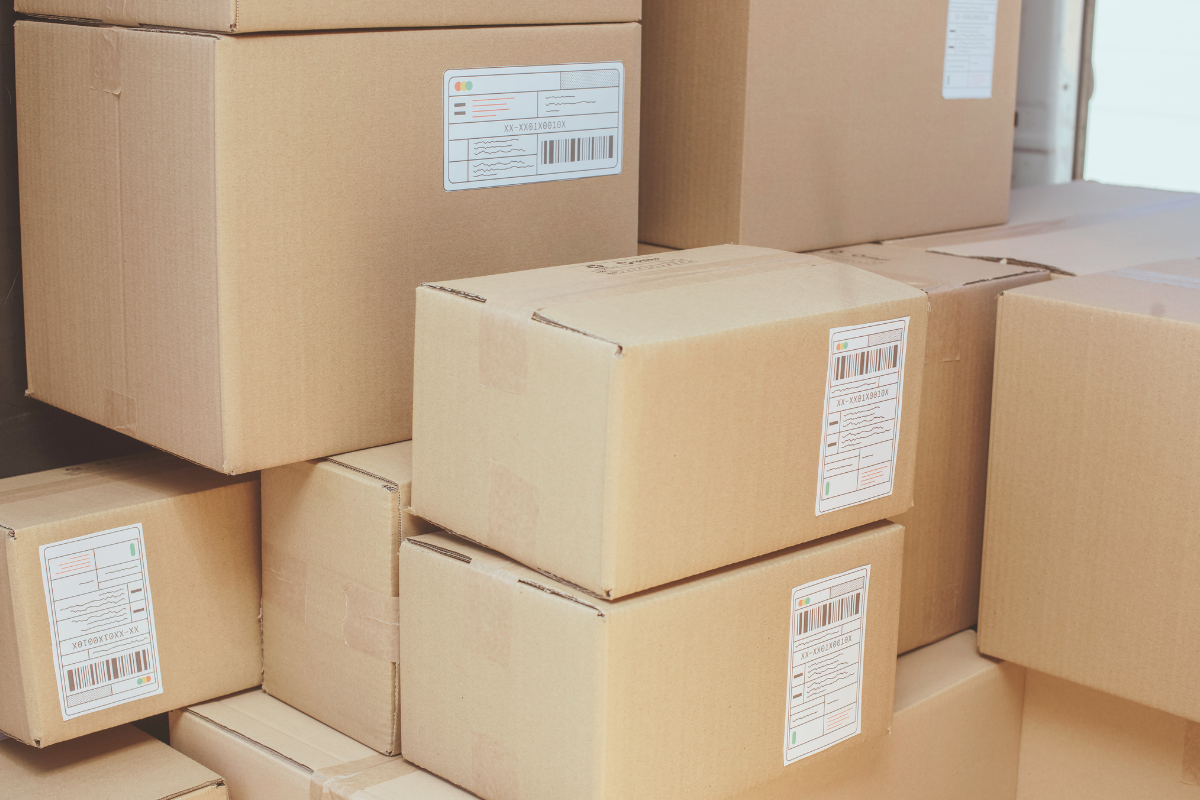
Circularity
A circular economy is an approach to production and consumption that seeks to minimize waste, maximize resource efficiency and increase sustainability throughout the supply chain. In a circular economy model, materials and products are reused, repaired or recycled to reduce their environmental impact.
Below is a more in-depth explanation of the concept from our point of view:

Design for sustainability and recycling
At Båstadgruppen, we strive to produce sustainable products that can be easily recycled or reused. This means that we choose sustainable materials, consider the options for the life of the products and introduce principles of modularity to facilitate disassembly.
Recycling and upcycling
A circular economy aims to recycle and reuse materials. For example, upcycling techniques can be used to transform textile waste into more valuable products, extending their lifespan and reducing the need for unused materials.
Cooperation initiatives
A circular economy often requires cooperation. This includes partnerships with recycling facilities, waste management companies and technology providers to optimize material recovery and recycling processes. Collaboration can also drive innovation and create a more sustainable industry. At Båstadgruppen, we work with several partners and certify our products.

Prolonging the life of the product
We at Båstadgruppen encourage and provide repair, renovation and replacement services, so that our customers can store their goods in exchange for cashing them in. For example, we sell spare parts for our products from Guardio, and have employees who store textile products when needed.
Transparent delivery terms
The circular economy is transparent and traceable. At Båstadgruppen, we strive to ensure that raw materials come from sustainable sources to minimise the environmental impact. All our South West brand products are labelled with a sharelabel, a QR code that gives the user easy access to information about the production and materials of the garment. Implementing responsible sourcing practices, such as using organic or recycled materials, helps reduce the textile industry's ecological footprint.
